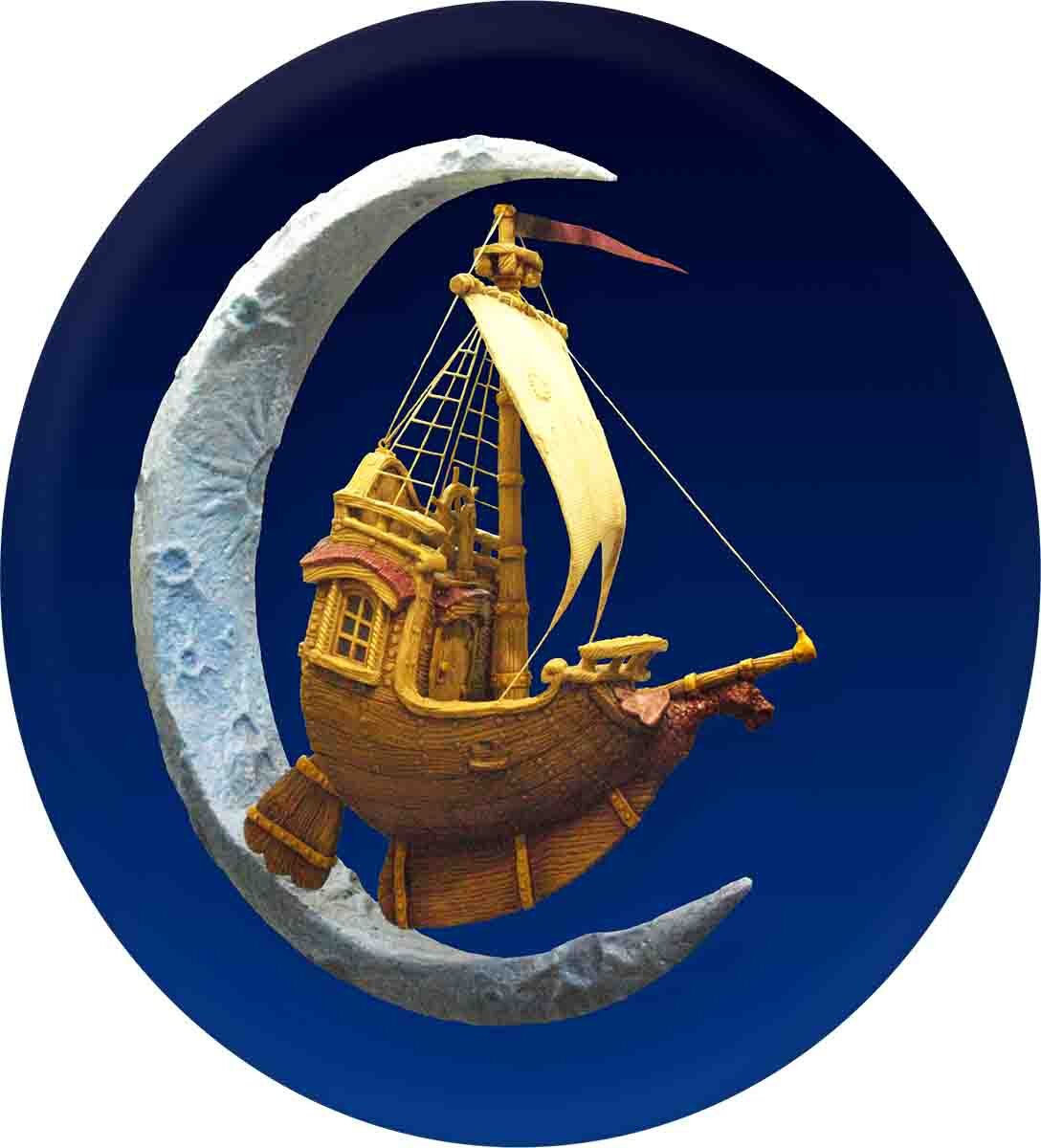Now that you have had some time to think about how you might approach the Black Forest sign, lets take a look at how we tackled this project. Our first step was to create the vectors for the type. We did this work in Illustrator — although we could have done it in EnRoute. Once we were satisfied with the type, we imported it into EnRoute.
Then we started with the box shape for the bottom of the sign and the oval where the knight will sit. We whipped out these shapes by eye; the two outermost rings will form the cornice molding on top and the two horizontal rectangles will also form part of the cornice.
We duplicated the rings and horizontal lines that form each shape, leaving a copy in place to re-register the new shapes we will create (again, by eye).
Then, using the jigsaw puzzle tool I simply clicked in each overlapping section , deleted the original vectors and merged them to form one shape.
We brought hese shapes back into position over the original vectors and. once we were happy with their placement, we deleted the original lines.
After this, we created a few more lines and shapes which we will use to create the reliefs inner next instalment. In the meantime, study them closely to see if you can figure out how we are going to use the “add to” and “subtract from” tools as well as “merge highest” and “merge lowest” to create this seemingly complex routing file.
The process won’t be that difficult — just a series of simple steps, done in a logical order. It's going to be fun and it shouldn't take more than 20-30 minutes to finish the reliefs before applying the tool paths.













